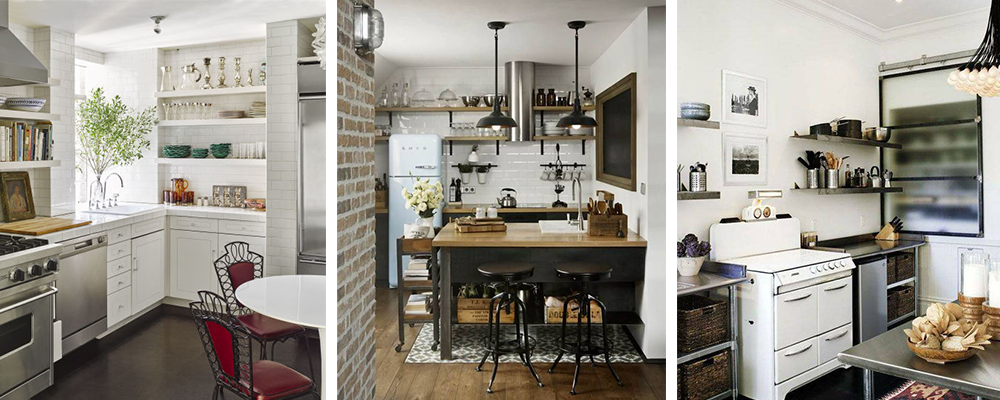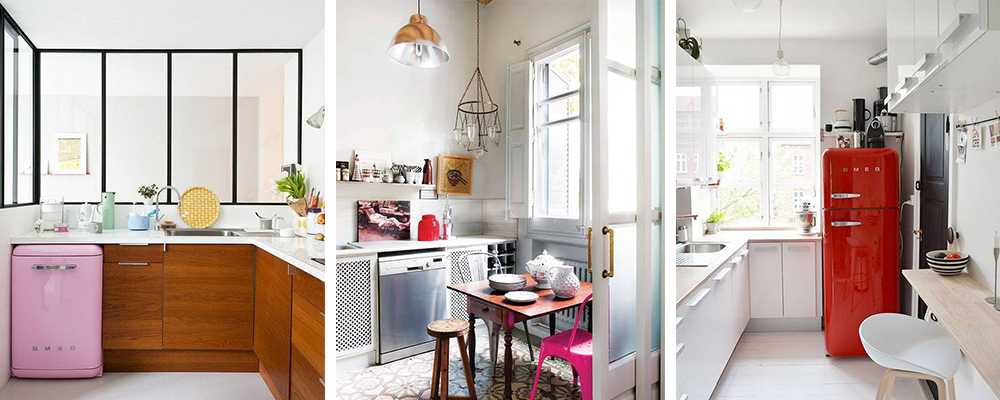When buying an oven, you need to consider a few things. Should you go with an electric or gas oven? Should you pick one that looks great and stays in one place? There are lots of features to consider and designs to choose from, so hopefully this guide will help you work out what type of oven is best for you.
Electric vs gas ovens
Historically, people have gone for gas ovens because of their heat control. However, electric ovens can heat up and cool down quickly now as well, meaning that there is little difference between the two. Often, people choose electric ovens due to their versatility and multifunctional uses.
Gas ovens, however, are more energy efficient and better for the environment, which is becoming increasingly important to many people. They also help remove moisture from food better, making them more popular amongst chefs.

Oven features to look out for
Beyond the appearance of an oven, there are a number of features that you need to consider. Safety features include:
- Having a door that holds itself open, rather than one that can only be open or closed all the way
- Safety stops to prevent shelves sliding out
- Shelves that don’t drop down and sag when taken out this can make cooking heavier dishes more difficult
- Grill trays shouldn’t sag either, but must extend out enough so that foods at the back can be turned and worked on
- The grill’s heating element should be safe, eliminating the possibility of having your hands touch the heat source by accident.
Other features include:
- Having a number of racks
- Having many rack positioning options at least three
- Having a smokeless grill tray
- Having a grill tray with at least two positions
Additional features to look for
After these main features have been considered, other optional features can be looked at, such as:
- Fan assisted ovens with at least one fan. These are more expensive, but distribute heat better.
- Quick preheating
- Defrost functions are also handy for cooking frozen foods.
- Self-cleaning ovens Catalytic liners will absorb fat, whilst pyrolitic cleaners burn off fat and convert then to ash by heating the oven to extreme heats.
- Electronic controls make the cooking process more simple, but are an unnecessary and costly extra. Automatic timers, however, are handy options for both cooking and safety.
Types of ovens: Built-in or freestanding?
Freestanding ovens
As you might have guessed from the name, a freestanding oven is installed straight onto the floor. Generally, freestanding ovens combine the oven part with the cooktop to create one all-encompassing unit. They’re very easy to install since they can fit into most spaces. All you’ll need to do is hire an electrician to set the wiring.
As far as style goes, freestanding ovens fit better with traditional designs, but will certainly look fine in just about any kitchen. You can also easily move them out of the way for repairs if something breaks. The only downside to freestanding ovens is that they make the area around them quite hard to clean – the gaps between the benchtop and the oven can be narrow, and will attract plenty of dirt and grime. Also, freestanding ovens might be hard on your back – since you’ll be constantly bending over to check on food and move it out of the way. Take that into consideration before you install one.

Built-in ovens
Built-in ovens are installed right into your kitchen cabinetry; this design allows for much greater flexibility. You don’t necessarily need to have the oven and the range in one unit. Instead, you can move them to wherever is better in your kitchen. Since the layout is so flexible, you can install the unit higher up – meaning you’ll save a lot of time and pain from constantly bending over. You can have the units installed higher up in the kitchen. They’re designed to flow and fit into whatever different layout you have.
There are some drawbacks to built-in ovens, though. Since the two different parts of the oven are separate, the oven might take up more space. Also, since they’re built straight into the cabinetry, it can be a very arduous process if you ever want to upgrade the oven. Built-in ovens are also much harder to clean and require a professional to install.
When to replace your oven
In many cases, ovens can last for many years. Nevertheless, from time to time, it will become necessary to replace the old oven with a new one. Knowing when you will need to do this can take some time, though. You will want to make the right decision so you are not wasting time or money on the process. Consider the following factors when it comes to replacing your oven:
- Is repairing an option?
Talk to a professional about the options available to you for replacing your current oven or if you can repair the existing one. If it is possible to cost effectively repair your old oven, doing so may be a good idea. However, if you will need to make regular repairs to keep it running, this may no longer be the right option for you.
- Are you renovating?
In some cases, you can hold off a bit if you are planning to do some renovating in your kitchen in the coming months. You may want to hold off so that you can be sure that you are investing in an appliance that will fit well into your overall new layout. It is a good idea to choose a new oven that will last for many more years when the time comes.
- Is it working okay?
In some cases, there is no need to replace your current oven if it is serving your needs just fine. However, if it is not heating properly or inconsistently, it could be costing you money on wasted food. In some cases, it may not be large enough or it may not have the features you need.
Contact local home appliance experts
When it’s time to replace
There are some circumstances in which you will need to replace your oven no matter what. If your oven has any of the following, replace it now rather than waiting.
- Does it need frequent repairs?
- Are your energy bills very high as a result of the oven?
- Do you plan to renovate your kitchen right now?
- Is there a concern when it comes to safety?
If it is time to make these changes, putting it off will not make the process any easier to do.




















